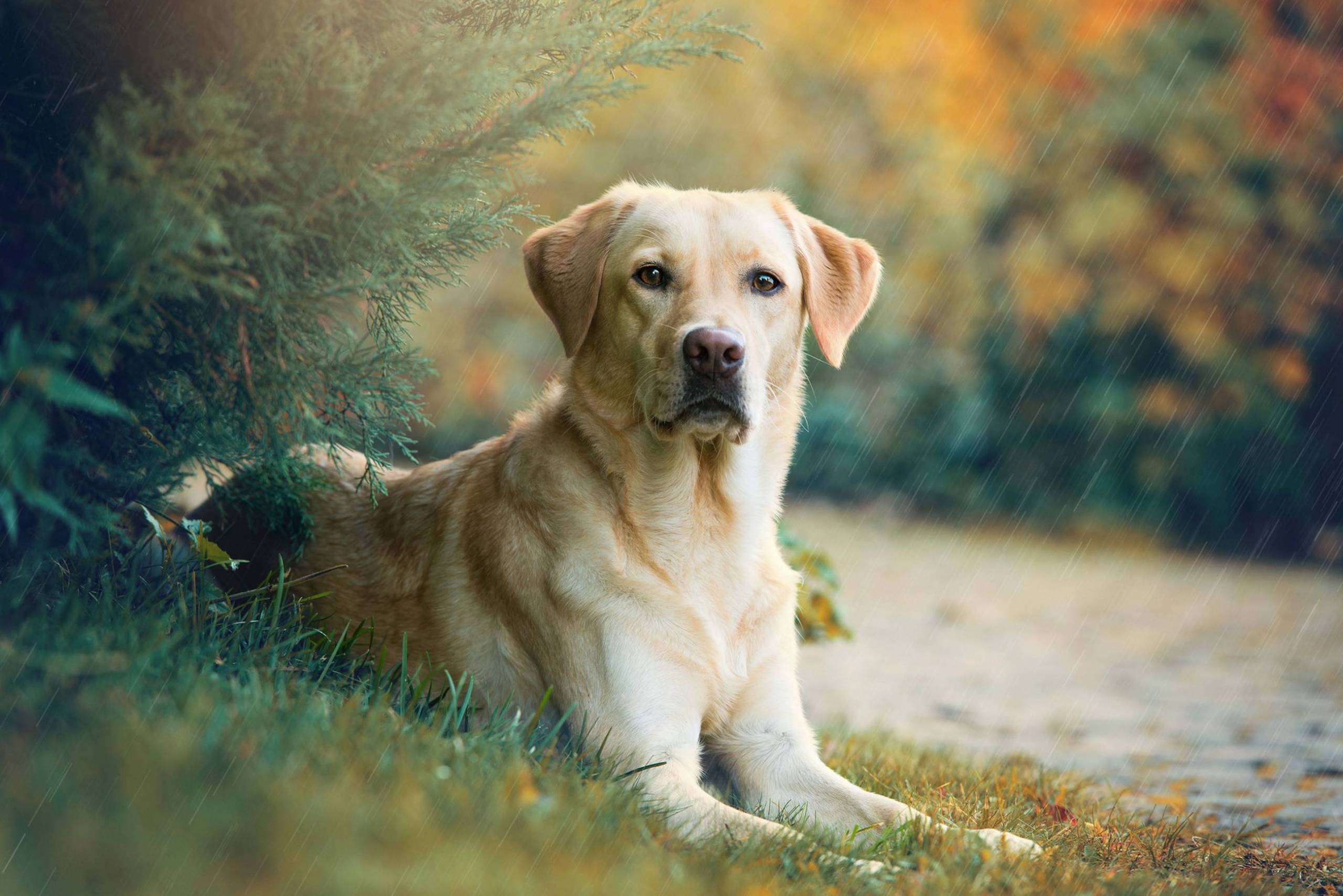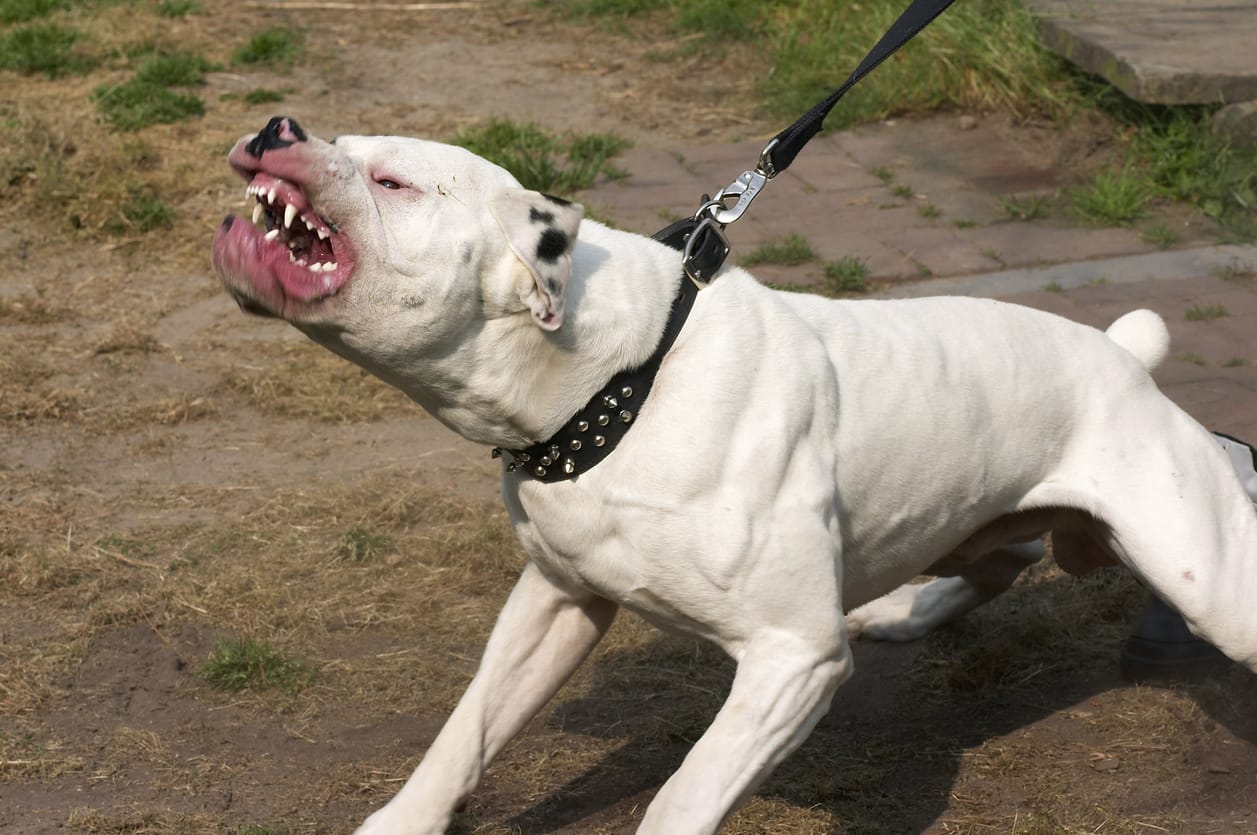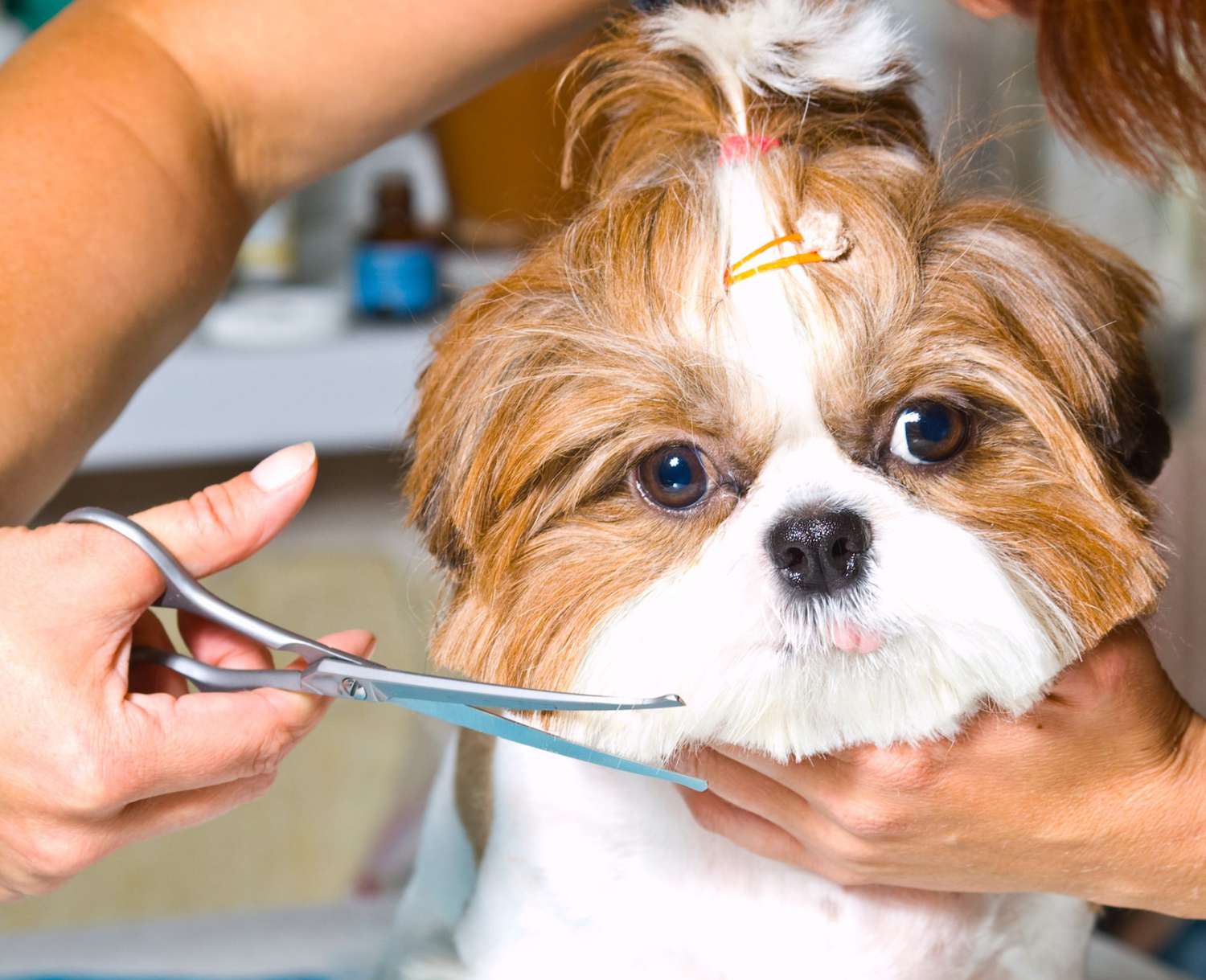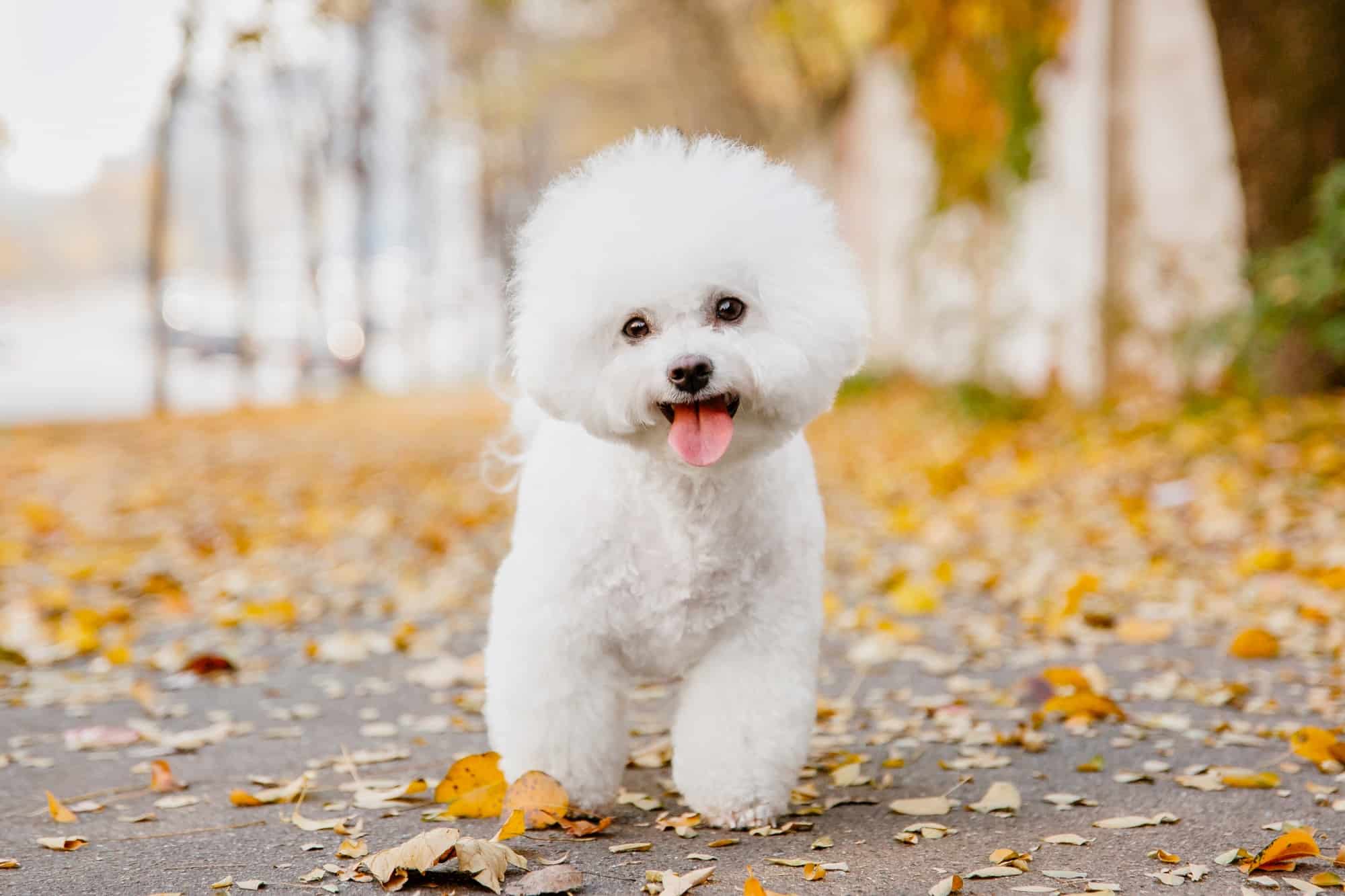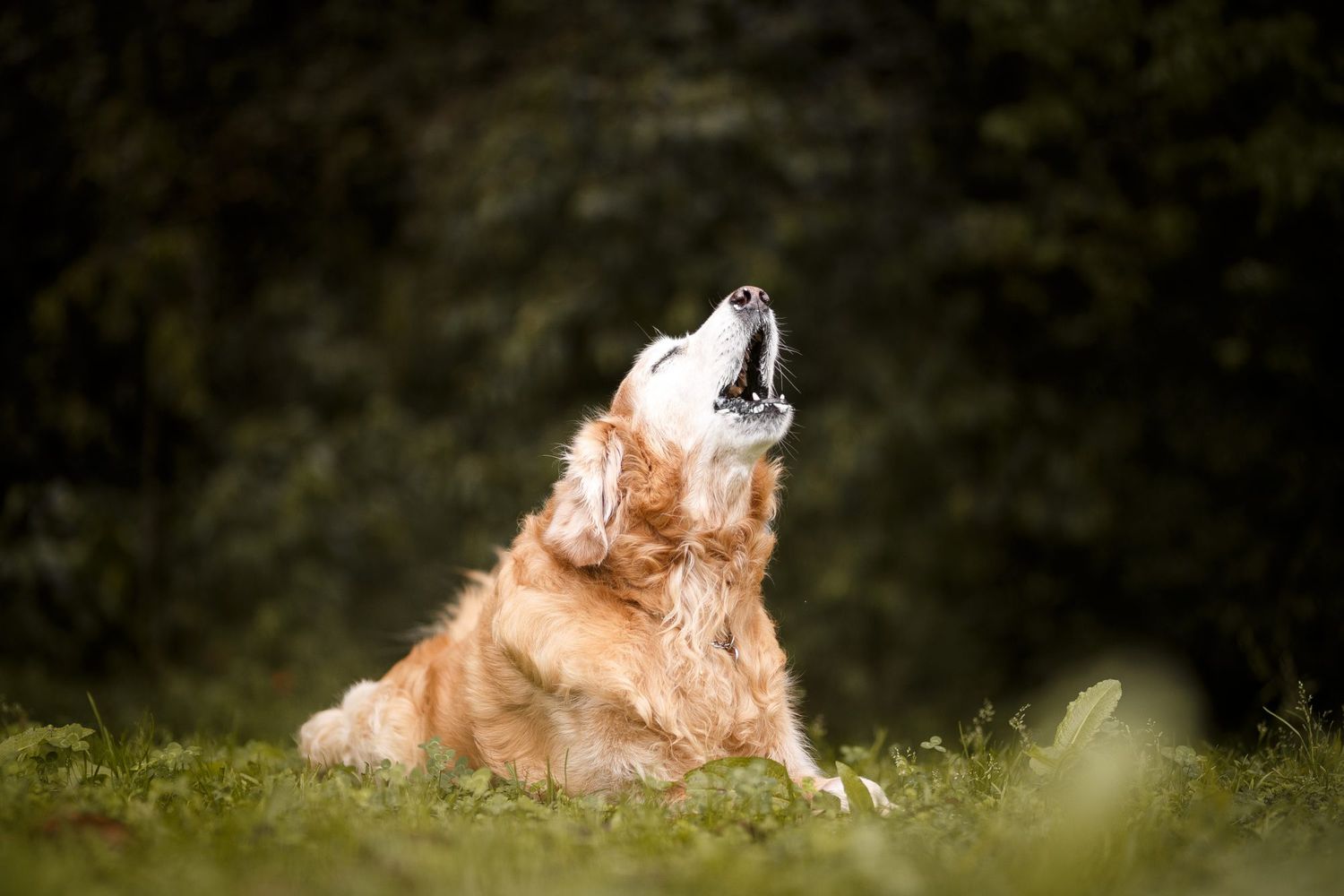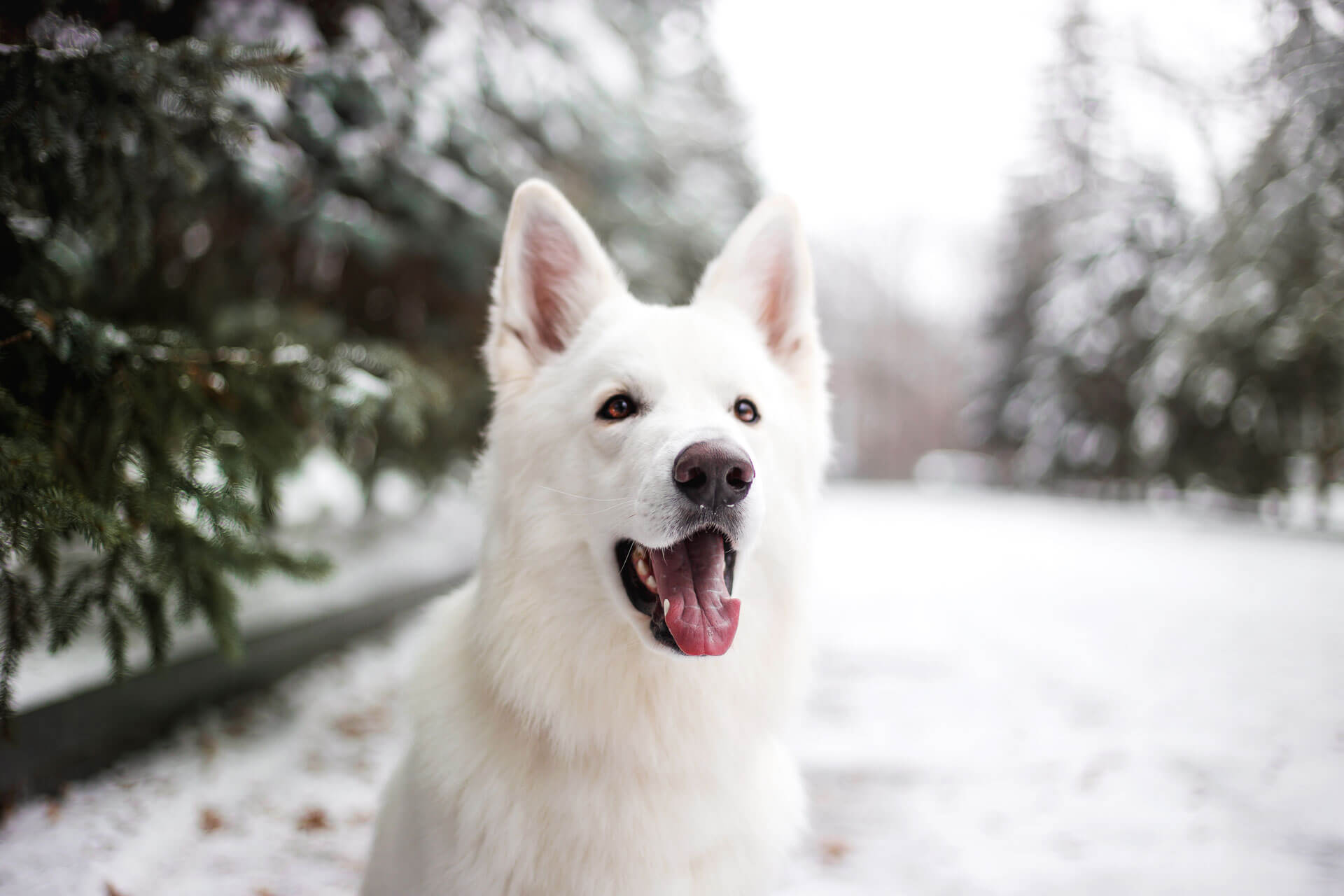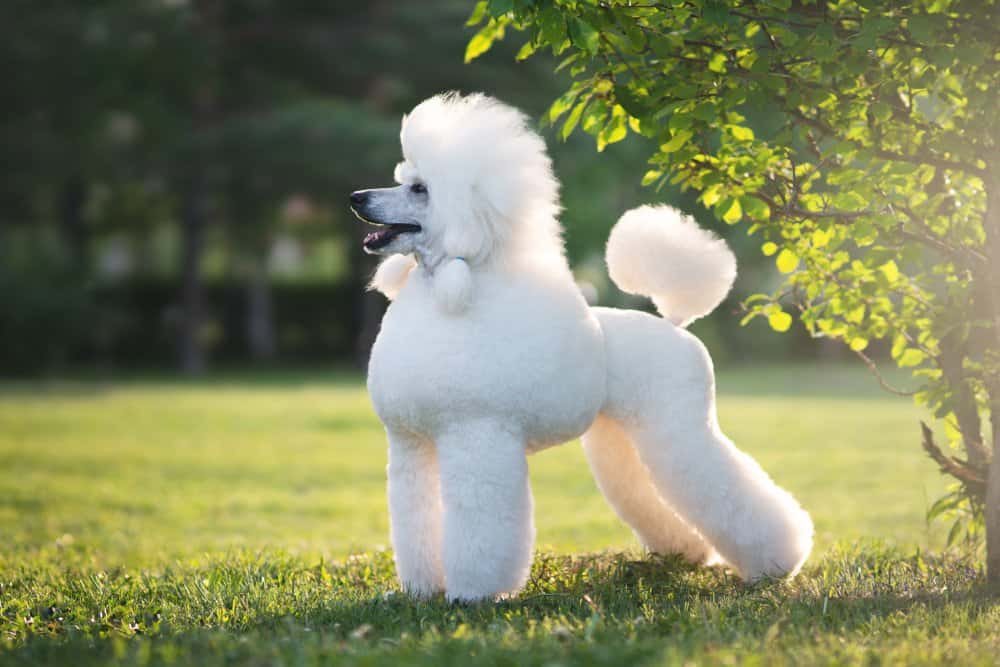Dogs are known for their loyalty, affection, and companionship, but some breeds have a reputation for being more aggressive or mean than others. While a dog’s behavior depends on various factors such as its upbringing and training, its breed can also play a significant role in its temperament.
In this article, we will explore the top 10 meanest or most aggressive dog breeds based on various sources and their potential for aggression. It is important to note that not all dogs of these breeds will exhibit aggressive behavior, and responsible ownership and proper training can help mitigate any potential issues.
You are reading: Top 10 Meanest Dogs
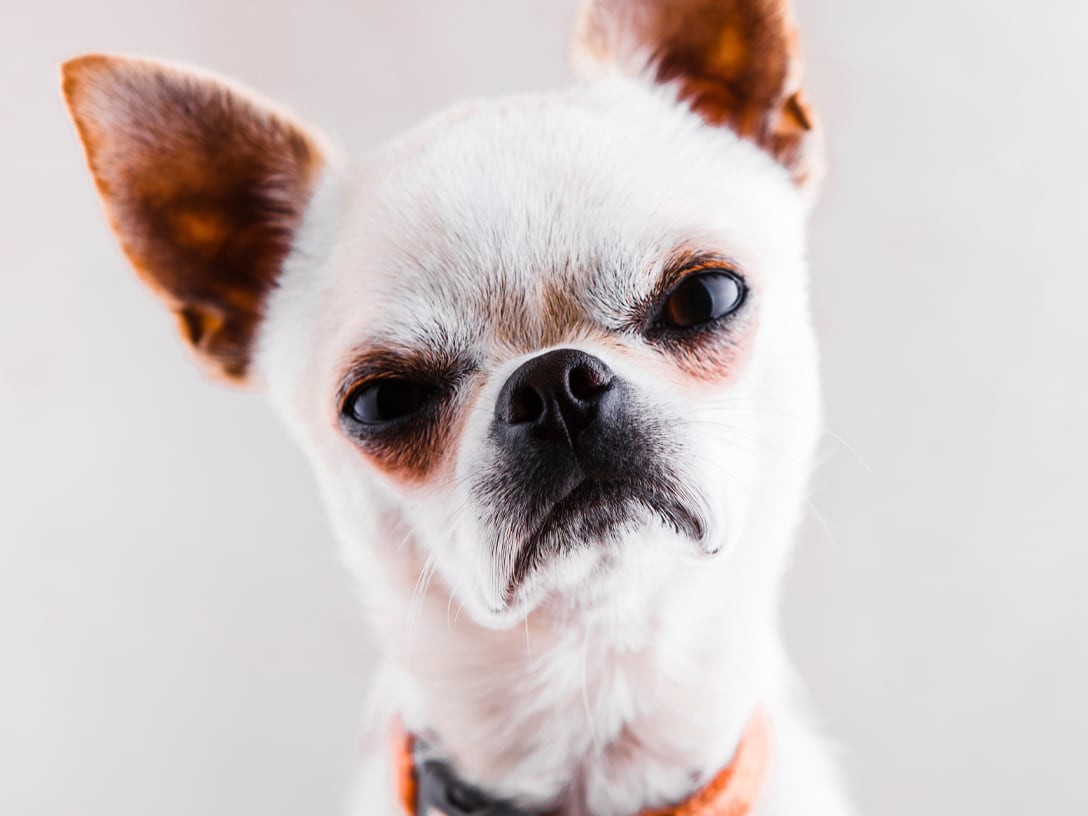
Top 10 Meanest Dogs
Pit Bull
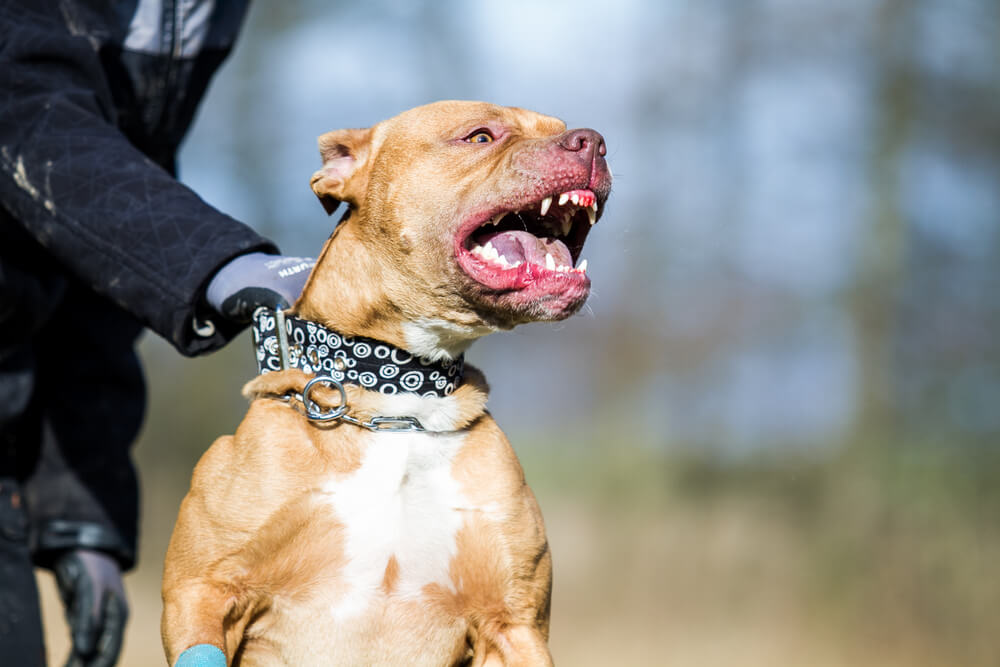
The American Pit Bull Terrier is a medium-sized dog breed that originated in the United Kingdom and was later developed in the United States.
It is recognized by the United Kennel Club and the American Dog Breeders Association, but not by the American Kennel Club. The breed is known for its solid build, short-haired coat, and well-defined muscle structure.
Originally bred as an all-around farm dog, the American Pit Bull Terrier evolved into a companion and family dog breed. They were also used for pit-fighting, a sport that is now illegal in many countries.
Despite their reputation for aggression, the American Pit Bull Terrier is a good-natured, loyal, and affectionate family pet that is good with children and adults.
The American Pit Bull Terrier has a short, shiny coat that comes in a variety of colors, including red, blue, brown, grey, black, and white. They require little grooming and have a coat that is easy to keep.
However, as an owner of an American Pit Bull Terrier, it is important to be aware that some people may be misinformed about the breed and may react with anger and hostility. Proper training and socialization are essential to ensure that the dog is well-behaved and obedient.
Rottweiler
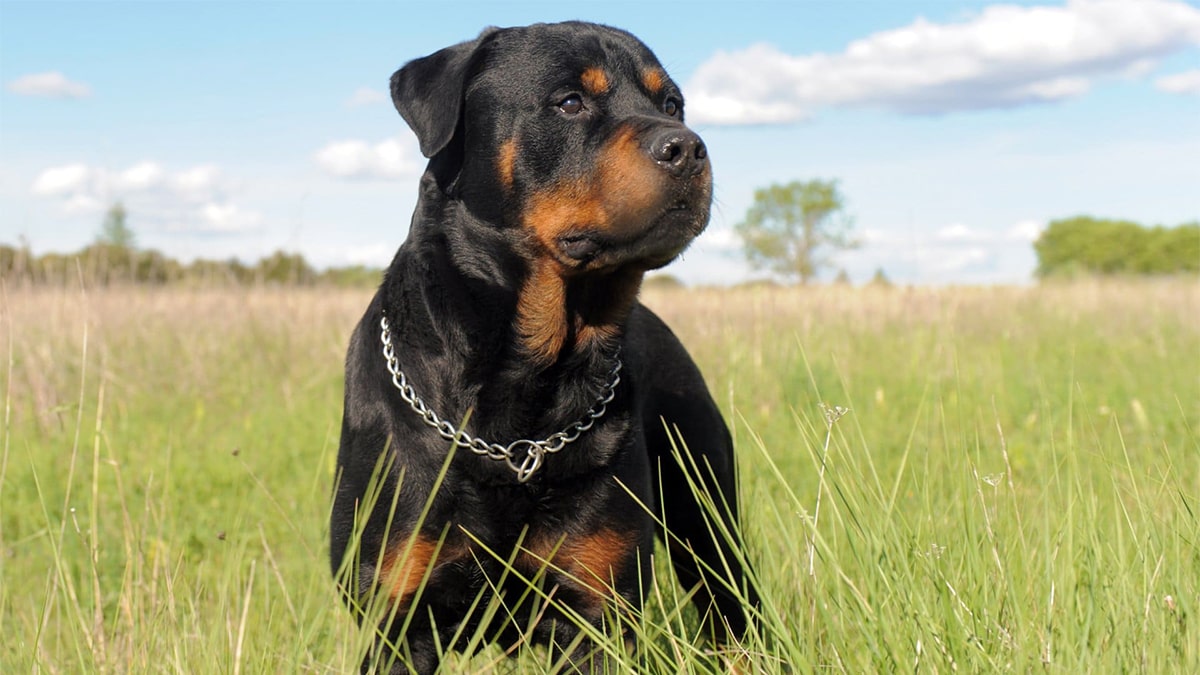
The Rottweiler is a breed of working dog that originated in Germany and is believed to be descended from drover dogs left by the Roman legions in the vicinity of what is now Rottweil, Germany, after the Romans abandoned the region during the 2nd century CE.
The breed was used for various purposes, including herding, guarding, pulling carts, and serving as a police and military dog.
The Rottweiler is a large, muscular dog that stands approximately 22 to 27 inches (56 to 68.5 cm) tall at the withers and weighs between 90 and 110 pounds (41 and 50 kg). It has a short, coarse black coat with tan markings on its head, chest, and legs.
The breed is known for its strength, loyalty, and protectiveness, and its instinct for wariness when encountering strangers has been honed by its historical role as a guardian and herder.
Despite its reputation for aggression, the Rottweiler is a good-natured, affectionate, and intelligent family pet that is loyal to its owners. However, it requires experienced care and training due to its strength and intensity, and novice pet parents should be aware of this before adopting a Rottweiler. Proper socialization and training are essential to ensure that the dog is well-behaved and obedient.
The breed has a lifespan of 8 to 10 years and requires minimal grooming, with weekly brushing and occasional wiping down with a damp towel.
German Shepherd
The German Shepherd, also known as the Alsatian in Great Britain and parts of Europe, is a German breed of working dog of medium to large size.
The breed was developed by Max von Stephanitz using various traditional German herding dogs in 1899. German Shepherds are known for their intelligence, agility, and versatility, which have made them popular in various roles, including herding, guarding, police work, and search and rescue missions.
German Shepherds are moderately active dogs and are described in breed standards as self-assured, curious, and eager to have a purpose. They are excellent guard dogs and are suitable for search missions due to their inquisitive nature.
However, they can become overprotective of their family and territory if not socialized correctly, and they are not inclined to become immediate friends with strangers.
The breed is recognized for being easy to train and good at performing tasks and following instructions. They are especially well-known for their police work, being used for tracking criminals, patrolling troubled areas, and detection and search operations.
German Shepherds are also popular as family pets, thanks to their strength, obedience, and trainability. They are devoted, vigilant, and protective family members, although individual dogs may differ in behavior from others of their breed.
American Bulldog
Read more : Why Is My Dog Biting His Leg?
The American Bulldog is a breed of working dog that originated in the United States and is a descendant of the Old English Bulldog. The breed was developed for various purposes, including hunting, herding, guarding, and as a general farm dog.
American Bulldogs are typically confident, social, ebullient, and lively dogs that are known for their strength, loyalty, and protectiveness.
American Bulldogs are medium-to-large-sized dogs that have a muscular body and a stocky build. They have a short, smooth coat that comes in a variety of colors, including white, brindle, fawn, and brown.
The breed requires minimal grooming, with weekly brushing and occasional wiping down with a damp towel.
Although they were used for bull-baiting in the past, American Bulldogs have since become working farm dogs and family companions. The breed almost went extinct near the end of World War II, but the breed has since been revived and is in no danger of disappearing. American
Bulldogs are excellent, loyal companions and competent watchdogs that are known for their fun, sweet, and engaging personalities. However, they require experienced care and training due to their strength and intensity, and novice pet parents should be aware of this before adopting an American Bulldog. Proper socialization and training are essential to ensure that the dog is well-behaved and obedient.
Bullmastiff
The Bullmastiff is a breed of large, muscular dog that was developed in England in the mid-19th century. The breed was created by crossing the English Mastiff with the now-extinct Old English Bulldog to produce a dog that was suitable for guarding people and their property and for controlling poaching on large estates.
Bullmastiffs are known for their strength, loyalty, and protectiveness, and they make excellent guard dogs. They are typically confident, social, and lively dogs that are good with children and other pets.
However, they can be standoffish towards strangers, and proper socialization and training are essential to ensure that the dog is well-behaved and obedient.
Bullmastiffs are large dogs that have a solid build and a short muzzle. They have a short, smooth coat that comes in a variety of colors, including fawn, red, and brindle.
The breed requires minimal grooming, with weekly brushing and occasional wiping down with a damp towel.
The Bullmastiff is a relatively modern breed that was recognized by The Kennel Club in 1924. Dogs had to have a minimum of four generations of descent from Bullmastiff stock without input from either Bulldog or Mastiff; cross-bred animals could not be registered.
The breed has a lifespan of 8 to 10 years and requires regular exercise and a balanced diet to maintain its health.
Siberian Husky
The Siberian Husky is a medium-sized working dog breed that originated in Northeast Asia, where it was bred by the Chukchi people of Siberia for sled pulling and companionship.
The breed belongs to the Spitz genetic family and is recognizable by its thickly furred double coat, erect triangular ears, and distinctive markings. The breed is smaller than the similar-looking Alaskan Malamute.
Siberian Huskies are active, energetic, and resilient dogs that are well-suited for cold climates. They are intelligent, independent, and mischievous, and they get along fairly well with children and other pets.
However, they can be stubborn and difficult to train, and they require experienced care and training due to their strength and intensity.
The breed is usually gray, tan, or black and white, and it may have head markings resembling a cap, a mask, or spectacles.
Siberian Huskies require minimal grooming, with weekly brushing and occasional wiping down with a damp towel. They have a lifespan of 12 to 14 years and require regular exercise and a balanced diet to maintain their health.
Siberian Huskies were brought to Alaska in 1909 by William Goosak, a Russian fur trader, during the Nome Gold Rush, initially as sled dogs to work the mining fields and for expeditions through otherwise impassable terrain.
The breed gained widespread fame in 1925 by saving Nome, Alaska, during a diphtheria epidemic; teams of Siberian Huskies battled blizzard conditions to relay life-saving serum over 674 miles (1,085 km) to the icebound city.
Doberman Pinscher
The Doberman Pinscher, also known as Doberman or Dobe, is a medium-large breed of domestic dog that was originally developed in Germany around 1890 by Louis Dobermann, a tax collector.
Read more : Where Can I Take My Dog Swimming
The breed has a long muzzle and an even and graceful gait. Traditionally, the ears are cropped and posted, and the tail is docked. The exact ratios of mixing, and even the exact breeds that were used, remain uncertain, although many experts believe that the Doberman Pinscher is a combination of several breeds, including the Beauceron, German Pinscher, Rottweiler, and Weimaraner.
Doberman Pinschers are sleek, agile, and powerful dogs that stand 24 to 28 inches (61 to 71 cm) at the withers and weigh 60 to 100 pounds (27 to 45 kg). They are highly energetic and intelligent dogs that require daily mental and physical exercise, such as a long jog or vigorous play for at least an hour per day.
They prefer temperate weather and enjoy retrieving, swimming, tugging, and running. The breed excels at dog sports such as agility, Schutzhund, ring sport, lure coursing, nose work, tracking, and dock diving.
Doberman Pinschers are loyal and protective dogs known for their intelligence and power. They are devoted to their owners and form strong bonds with their families.
However, they can be sharp and even sinister if they perceive a threat to their family. Proper socialization and training are essential to ensure that the dog is well-behaved and obedient.
The breed is generally considered a healthy breed with a strong and robust constitution. They have a lifespan of 10 to 13 years and require minimal grooming, with weekly brushing and occasional wiping down with a damp towel.
Akita
The Akita is a large and powerful dog breed that originated in Japan. The breed was originally used for hunting large game, such as bears and boars, and was also used as a guard dog.
The Akita has a short double coat similar to that of many other northern spitz breeds. Historically, they were used by samurai for guarding, fighting, and hunting bears.
Here are some key facts about the Akita breed:
– The Akita is a large and powerful dog that stands 24 to 28 inches (61 to 71 cm) at the withers and weighs 70 to 130 pounds (32 to 59 kg).
– The breed has a short double coat that comes in a variety of colors, including white, brindle, and red.
– Akitas are highly energetic and intelligent dogs that require daily mental and physical exercise, such as a long jog or vigorous play for at least an hour per day.
– The breed is known for being loyal and protective of their families, but they can be stubborn and difficult to train.
– Proper socialization and training are essential to ensure that the dog is well-behaved and obedient.
– Akitas are moderately active and energetic, so they need a couple of long walks or jogs plus some playtime each day.
– They are often intolerant of other animals and children who don’t understand boundaries.
– The breed has a lifespan of 10 to 14 years and requires minimal grooming, with weekly brushing and occasional wiping down with a damp towel.
– The Akita is a natural monument of Japan and is the prefecture animal of Akita.
Overall, the Akita is a loyal and protective breed that requires experienced care and training due to its strength and intensity. Proper socialization and training are essential to ensure that the dog is well-behaved and obedient.
Cane Corso
The Cane Corso is a large and muscular dog breed that originated in Italy. The breed’s name is derived from Latin, meaning “bodyguard dog” or “robust dog”.
The Cane Corso is known for its protectiveness and imposing appearance, but it has other traits that may surprise those unfamiliar with the breed.
Here are some key facts about the Cane Corso breed:
– The Cane Corso is a large, very large dog that stands about 28″ at the shoulder and can weigh more than 110 pounds.
– The breed has a short double coat that comes in a variety of colors, including white, brindle, and red.
– Cane Corsos are intelligent, loyal, eager to please, versatile, and intensely loyal to their humans, but are also assertive and willful, and can end up owning an inexperienced owner.
– The breed is known for being loyal and protective of their families, but they can be stubborn and difficult to train.
– Proper socialization and training are essential to ensure that the dog is well-behaved and obedient.
– Cane Corsos are powerful dogs that may seem intimidating to some, but they can actually make excellent companions for those who like the idea of a very large dog that is protective and athletic.
– The breed requires daily mental and physical exercise, such as a long jog or vigorous play for at least an hour per day.
– They are often misunderstood and can actually make excellent companions.
– The breed has a lifespan of 10 to 12 years and requires minimal grooming, with weekly brushing and occasional wiping down with a damp towel.
Cane Corsos were originally bred to guard property and hunt big game such as wild boar. They are family-only dogs and have no interest in people or other animals outside their family, but those within the family will have their undivided loyalty and protection. The breed declined as a result of World War II, but it has since been revived and is now recognized by the American Kennel Club. Proper socialization and training are essential to ensure that the dog is well-behaved and obedient.
Boxer
The Boxer is a medium to large-sized dog breed that originated in Germany. The breed was originally developed as a guard dog and hunting dog, but today, Boxers are mostly kept as family pets.
Here are some key facts about the Boxer breed:
– Boxers are large, muscular, square-headed dogs who look imposing–that is, until you look into their eyes and see the mischief and joy of life reflected there.
– The breed has a short, shiny coat that comes in a variety of colors, including fawn, brindle, and white.
– Boxers are known for their high energy levels and need plenty of exercise. They require daily mental and physical exercise, such as a long jog or vigorous play for at least an hour per day.
– Boxers are intelligent, playful, and affectionate dogs that make great family pets. They are good with children and other pets, but they can be stubborn and difficult to train.
– Proper socialization and training are essential to ensure that the dog is well-behaved and obedient.
– Boxers are sometimes called the “Peter Pan” of the dog breeds because of their playful nature and boundless energy.
– The breed has a lifespan of 10 to 12 years and requires minimal grooming, with weekly brushing and occasional wiping down with a damp towel.
Boxers are highly intelligent and energetic dogs that require experienced care and training due to their strength and intensity. Proper socialization and training are essential to ensure that the dog is well-behaved and obedient. Boxers are family-oriented dogs that thrive on human companionship and make excellent family pets. They are playful, affectionate, and loyal dogs that are good with children and other pets.
FAQS
1. Are these dogs inherently mean?
No, a dog’s temperament is influenced by various factors, including genetics, training, and socialization. While some breeds may have a higher propensity for aggression, individual dogs can still be loving and well-behaved with proper care and training.
2. Can these dogs be good family pets?
It depends on the individual dog and its upbringing. Some of these breeds, such as the Chow Chow and Akita, may not be the best choice for families with young children due to their independent and potentially aloof nature. However, with proper socialization and training, they can still be good family pets.
3. Are these breeds more likely to bite or attack?
While some of these breeds may have a higher potential for aggression, it does not mean that they are more likely to bite or attack without provocation. Responsible ownership, proper training, and socialization are key factors in preventing dog bites and attacks.
4. What are the main factors contributing to dog aggression?
Lack of exercise and socialization, genetic factors, and human aggression can all contribute to a dog’s aggressive behavior. Proper care and attention to these factors can help prevent or manage aggression in dogs.
5. Should these breeds be banned or restricted?
Breed-specific legislation (BSL) has been controversial and often ineffective in reducing dog bites and attacks. Instead, focusing on responsible ownership, education, and promoting positive interactions between dogs and humans can be more effective in preventing incidents.
Source: https://petstutorial.com
Category: DOGS


